Rhea Facts
- This remarkable creation of Nature and evolution most frequently goes by the surprisingly short common name of Rhea in most of its range. It does have a few other general titles, though. These include the unusual terms Nandu and American ostrich.
- Much confusion actually exists surrounding these creatures, however. That’s because scientists presently apply the name collectively to at least two, and perhaps three, different species. Even researchers disagree on the exact division of the species.
- Most authorities do recognize two species, though. Those consist of the American rhea and Darwin’s rhea. Another animal exists that some experts list as a subspecies of the Darwin’s rhea, while still others consider it to be a separate species, thus the debate.
- The noted Swedish researcher, Car Linnaeus, made the first recognition of these animals in 1758. He, however, believed it to be a single species. He assigned it the formal designation of Struthio americanus. Subsequent study later changed that, though.
- Unfortunately, both examples of the amazing Rhea now find themselves in precarious positions. They have significantly reduced populations compared to earlier times. Accordingly, the IUCN currently lists them both as Near Threatened on its Red List.
- Each of them faces multiple threats to their continued existence. Like all forms of life on earth today, most of these stem from the actions of mankind. Chief among these stands the closely related dangers posed by habitat loss and ongoing climate change.
Related Articles
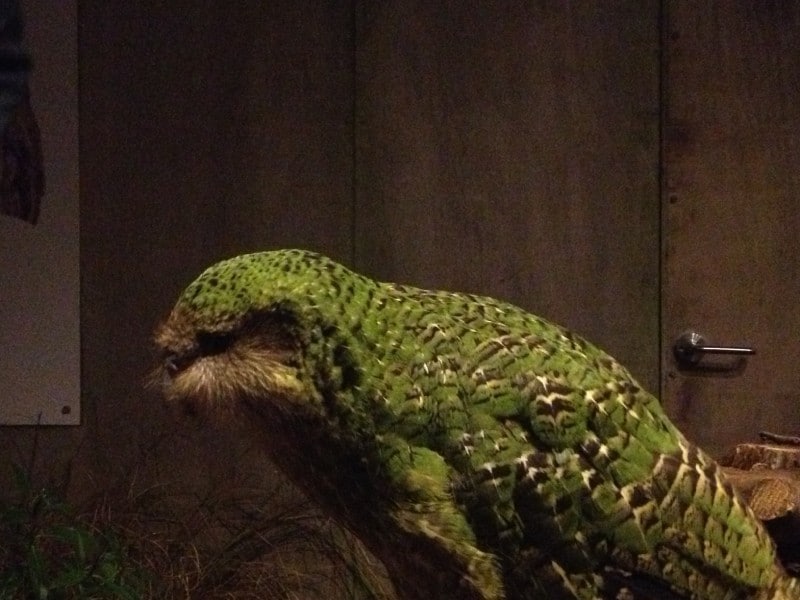
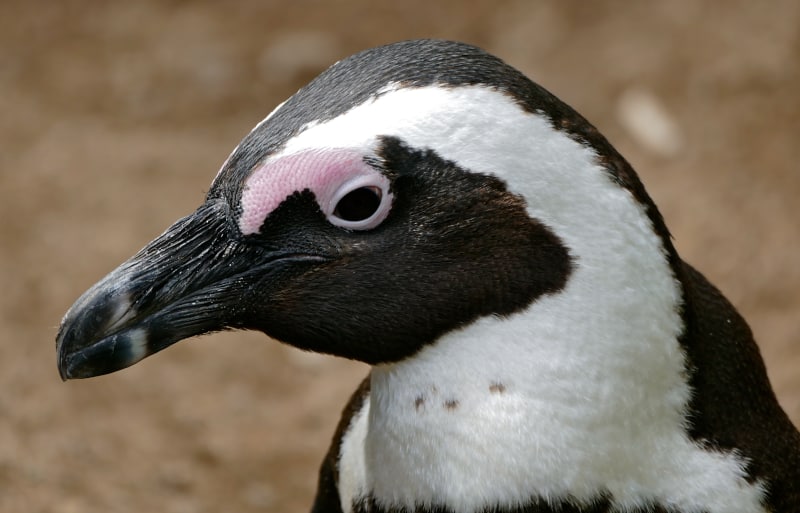
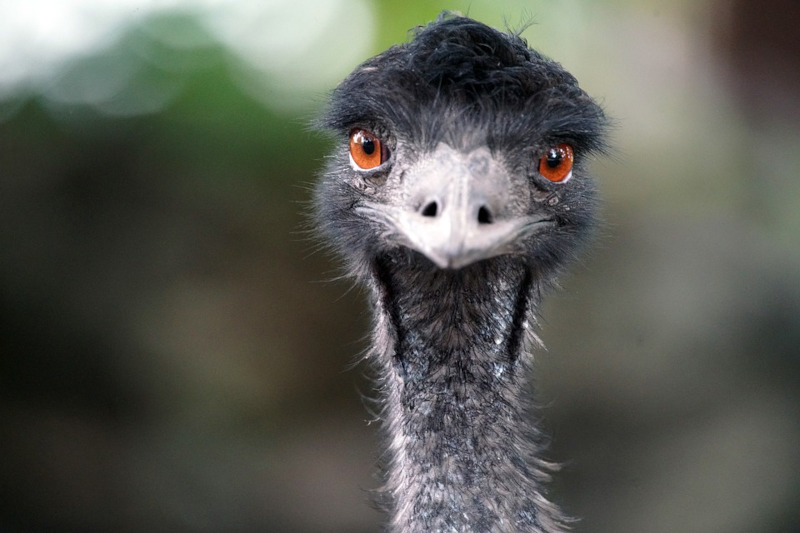
Rhea Physical Description
Each example of the stunning Rhea tends to quickly captivate those individuals fortunate enough to encounter one. They generally do so, however, for several reasons. That’s because they’re not simply distinctive looking, but also quite large in physical size.
Regarding their physical characteristics, the different species bearing the umbrella term share a specific trait. That’s the fact that they each display a certain degree of the physiological characteristic of sexual dimorphism. This manifests differently between them.
The Greater Rhea, named the americana, attains the greater size of the two versions. Specimens typically range in height from 4.9 – 5.6 ft (1.5 – 1.7 m). Weights also vary, ranging from 44 – 88 lb (20 – 40 kg). Males typically achieve slightly greater sizes than the females.
The Lesser Rhea, named the Rhea pennata, however, remains noticeably smaller than this. Individuals usually average somewhere between 3.3 – 3.6 ft (1 – 1.1 m) in height. Masses for them also range from 33 – 66 lb (15 – 30 kg). Here, too, males grow a little larger.
Like their even larger cousins, the marvelous Rhea evolved as flightless in nature. Each separate species does manifest long necks and small heads. The head also develops as covered with shorter feathers, and the neck’s relatively bare compared to the body.
Meanwhile, its beak grows flat and broad, and it has prominently large eyes, providing good vision. It also has strong, muscular legs adapted for running. This remarkable winged wonder additionally has three toes on each foot, unlike ostriches which have two of these.
Although flightless, the animal nevertheless does have large wings which it uses for balance and changing direction while running. Covered with shorter feathers, the head of this large, powerful avian nonetheless remains small in comparison with the rest of the body.
Colors also differ between the versions of this bird. The Greater Rhea has grayish-brown feathers, with males darker than females. The plumage appears loose and fluffy. The Lesser Rhea, though, appears brownish with white-tipped feathers, and a speckled appearance.
- Kingdom: Animalia
- Phylum: Chordata
- Class: Aves
- Order: Rheiformes
- Family: Rheidae
- Genus: Rhea
Rhea Distribution, Habitat, and Ecology
Regrettably, all versions of the incredible Rhea evolved as endemic to a comparatively limited portion of the globe. The precise location of that zone of habitation likely won’t surprise many of you, though. It developed as native to certain regions of South America.
Within that continental area, however, the habitat range of all species bearing the name remains limited to only a few countries. More specifically, it’s known to be present in an that area includes the countries of Bolivia, Argentina, Chile, Brazil, Peru, and Paraguay.
Fortunately, all members of the Genus display a high degree of adaptability regarding their choice of habitat. They’re therefore found in a wide range of habitat types. The majority of its population, however, does tend to appear within one of four distinct regions.
It’s commonly seen in areas of pampas in Argentina, Uruguay, and Brazil. These vast plains provide it ideal habitat. Yet, it’s also common in areas of cerrado. That’s a type of tropical savanna that’s a mix of grasslands and scattered trees, offering ample food sources.
The birds also live in what’s known as the chaco region of Paraguay, Argentina, and Bolivia. This hot and semi-arid region principally consists of scrub forests, savannas, and thorny bushes. A few, though, even manage to survive within areas of agricultural landscapes.
Much like its relatives, the impressive Rhea evolved as omnivorous in nature. It has a varied diet that includes a mix of plants and small animals. They also consume grasses, seeds, fruits, and leaves, as well as insects, small vertebrates, and occasionally lizards or snakes.
The large, flightless wonder breeds in the spring and summer, as a polygamous group. Males court multiple females, performing elaborate courtship displays. Intriguingly, after mating it’s the males of the Genus that both build the nests and incubate the eggs.
Also remarkably, multiple females sometimes lay eggs in the same nest. The males nonetheless incubate them all. Nests occasionally hold as many as 60 eggs. The male also continues to care for the young for some time after they hatch, protecting them from danger.
Species Sharing Its Range
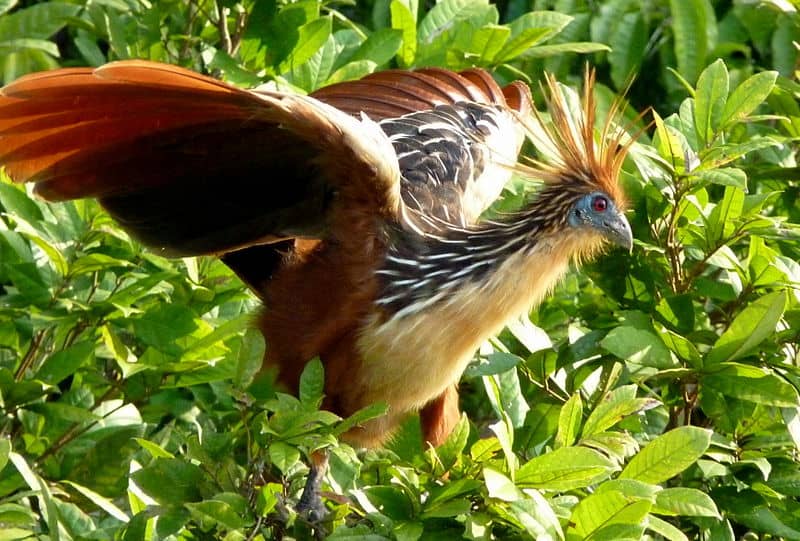
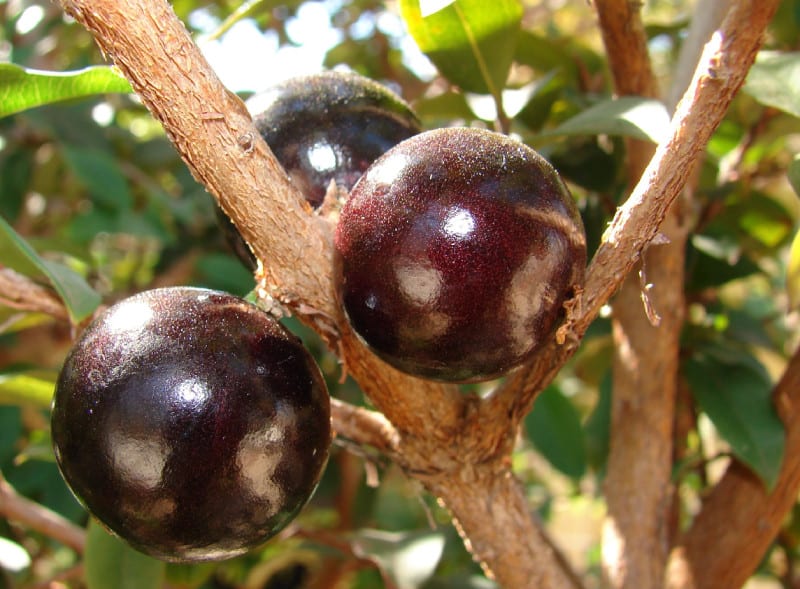

Check out our other articles on 5 Practically Perfect Penguins, Mary River Turtle, Coudersport Ice Mine, Dumbo Octopus, Indian Pipes, Quokka, Happy Face Spider, Aye-aye, Green Iguana
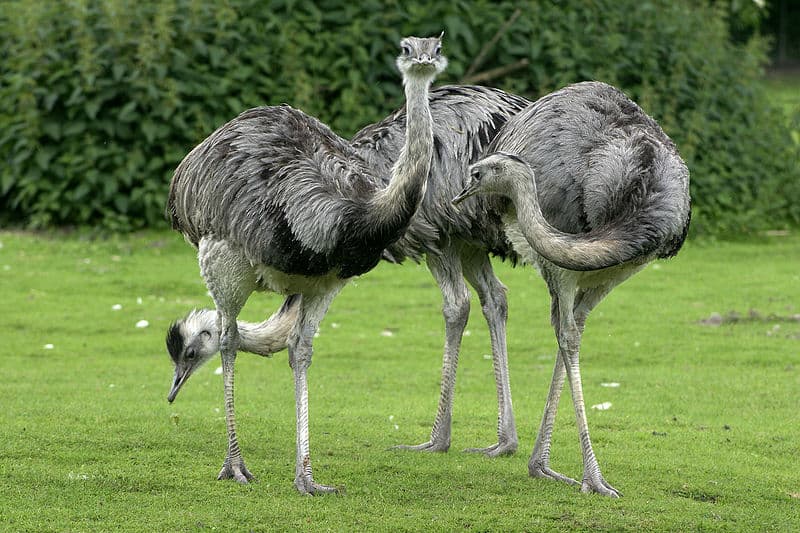
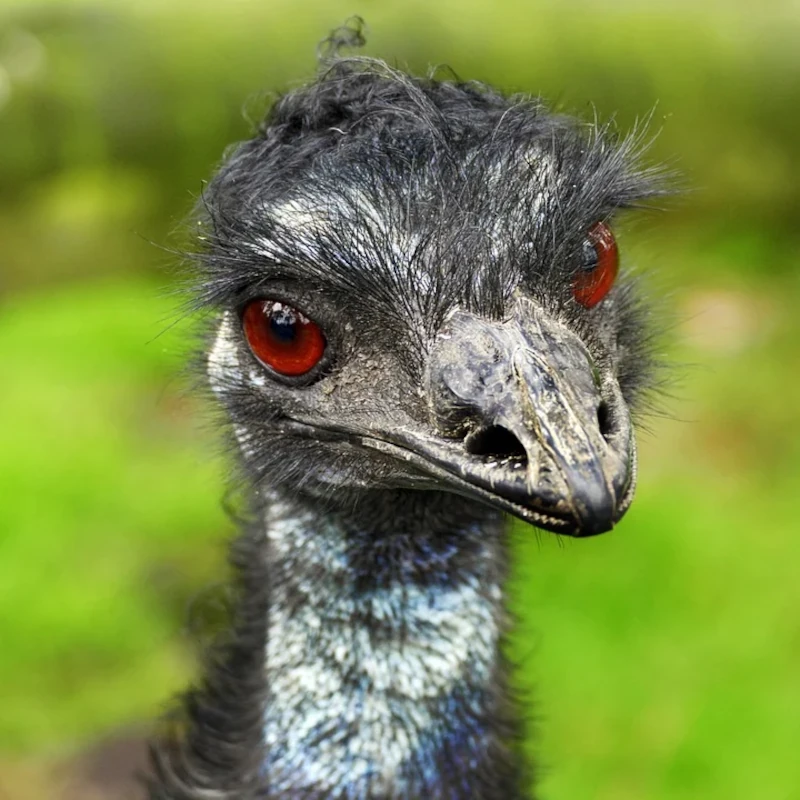










Leave a Reply